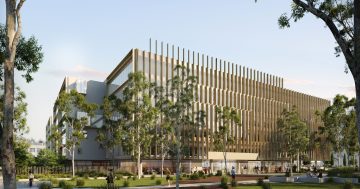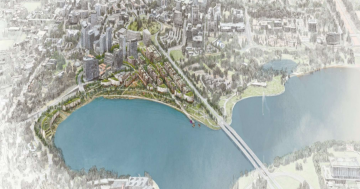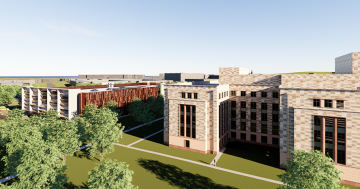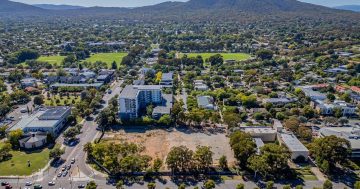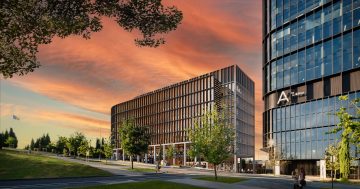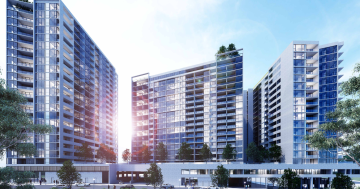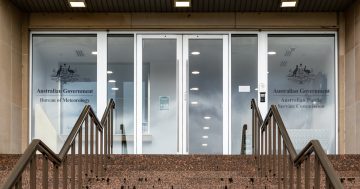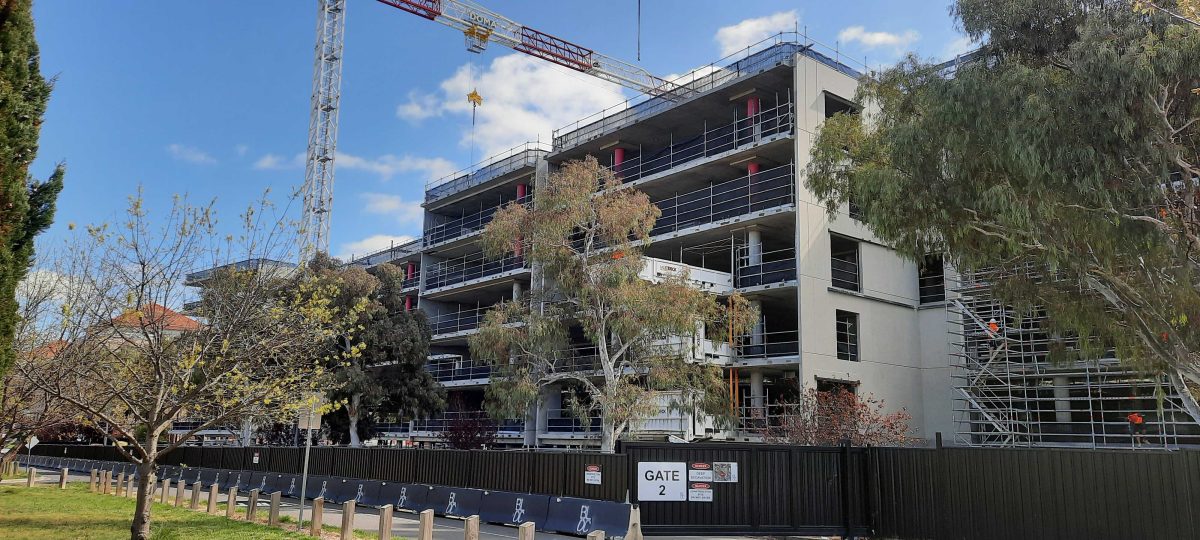
The new Australian Tax Office building takes shape at 15 Sydney Avenue, Barton. It will be home to 2000 staff. Photos: Ian Bushnell.
A confluence of government need for A-grade office spaces close to Parliament, available land and new developments will intensify APS activity in Barton in coming years.
Knight Frank’s latest Canberra Office market report highlights new developments in areas where there were previously limited development opportunities.
In Barton, this includes the Tax Office’s new home at 15 Sydney Avenue (37,000 sqm), 23 National Circuit (4500 sqm), and Cromwell Corporation’s development at 19 National Circuit (18,128 sqm), which is expected to be delivered by the end of 2027.
In the longer term, the Federal Government will also establish a national security precinct on land which is currently a car park opposite the RG Casey Building that houses DFAT.
Eventually, about 7000 more public servants are expected to work in Barton.
Other new developments are in the city at 62 Constitution Avenue (20,000 sqm) and Morris Property Group’s One City Hill (34,086 sqm) in Civic West near the courts.
The Airport’s property group is also building a $150 million carbon-neutral office block (14,000 sqm) on the corner of Constitution Avenue and Vernon Circle. On the other side of the courts, currently a car park, it plans a four-tower mixed-use office precinct, which will include A-grade office space.
At the Airport, it is developing 9-11 Molonglo Drive (19,333 sqm).
The development surge is feeding a vacancy increase in Canberra, although the national capital’s vacancy rate of 9.5 per cent is still the lowest among the capitals.
The first half of 2024 saw 37,030 sqm of space added to the Canberra office market, taking the total office stock base to its highest level on record of 2,397,006 sqm.
Over the next two years, a new development stock of around 115,000 sqm is expected to be delivered.
Knight Frank Partner Managing Director ACT & Head of Agency Nathan Dunn said a combination of factors were driving the new developments in Barton.
Mr Dunn said these included a desire to be closer to Parliament or a head agency, leases expiring and the timing of completion dates.
“For example, DFAT’s commitment to 19 National Circuit, Barton, moving functions from the CBD, is directly linked to understandable operational efficiencies in moving closer to DFAT’s ‘mothership’, the RG Casey Building,” he said.
“As for ATO, it was likely more led by a development opportunity at that particular point in time.
“We understand other agencies located elsewhere in the ACT are also reviewing options in the Parliamentary Triangle so they sit closer to their head agency.”
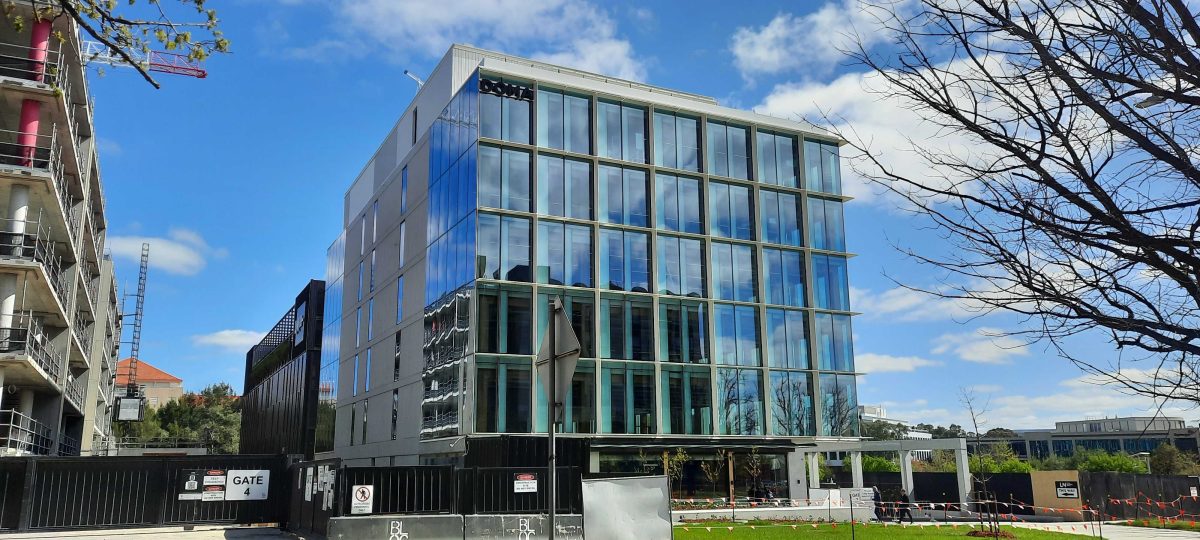
The new building at 23 National Circuit will add 4500 sqm of office space to Barton.
Mr Dunn said there was strong demand generally for A-grade office space due to a “flight to quality” in the market and, in Canberra, a sustained level of demand for prime space from government tenants in particular.
He said that both private and public sector tenants were expecting more from their office accommodation.
As a result, already high development costs were rising, pushing up rents.
The report says that in the Civic and Parliamentary precinct, prime net face rents have increased by 2.4 per cent to $457/sqm ($564/sqm gross) over the last 12 months to July 2024. (‘Face rent’ disregards incentives such as rent-free periods, rent reductions and fit-out contributions.)
Similarly, the secondary market recorded annual net face growth of 2.3 per cent was recorded, with rents now averaging $363/sqm ($471/sqm gross).
Mr Dunn said for new developments, the sheer cost base for construction was driving gross face rents to levels not yet seen before.
He said that post-COVID, employers were offering better accommodation to attract staff back into the office, but construction and fit-out costs had also blown out.
““To construct a new office fit out, $2000 to $3000 per square metre is considered fairly standard,” Mr Dunn said.
“When groups are taking large amounts of space, this really adds up. Landlords often try to absorb these costs into a rent deal as best they can, but they won’t do it without wanting some return on that investment – often in the form of higher rents/longer lease terms.”
Mr Dunn said the APS Net Zero – Our path to Net Zero would continue to drive the APS to newer, more efficient buildings, although these would also produce savings in running costs.
He said a “two-tier” rental market was developing.
“Although new build supply is limited, the few sites that will have soil turned in the next three to five years will have a completely different rent base than existing stock, caused by elevated construction costs, which then makes anything under a certain economic rent untenable to construct,” he said.
“This will start to drag the market rents northwards and we are already seeing evidence of this.”
He said the APS’s shift away from contractors and consultants had impacted the private sector market.
“Australian Public Service Department Heads have been told in no uncertain terms to downsize their reliance on contractors, and you can now start to see the on-flow effect of this,” he said.
“Private Sector firms reliant on government work are looking for shorter term lease deals, shorter renewals, and certainly exploring rationalization options.”












